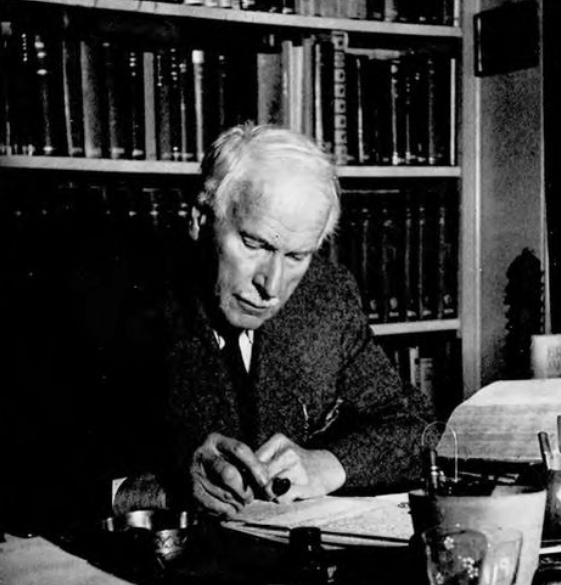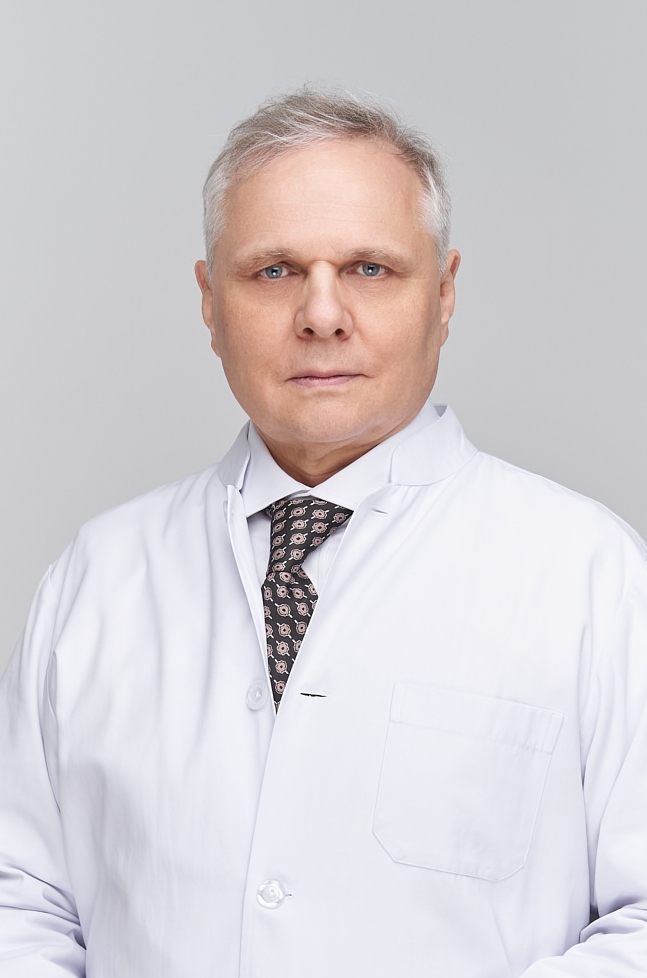
Redisovery of Jungian Archetypes raises the question of why Jung’s theory keeps being embraced by other scientific disciplines but neglected in psychology. Why was it overlooked when Jung first proposed it, and why is it still neglected today?
There are many answers to this question. Throughout Jung’s lifetime, and even more today, researchers in university departments of psychology were and still are in the grip of behaviourism. They follow the concept of empiricism, seeing the individual as a “tabula rasa” whose development starts only after birth and is shaped mainly by environmental factors. This trend has often led to the neglect of the Redisovery of Jungian Archetypes, even though these ideas continue to resurface across disciplines. When viewed as C.G. Jung archetypes in light of modern research, they provide fresh insights into how inherited patterns influence human behavior and identity.
Jung’s writing didn’t present his theory in a clear form due to his weakness of passing his ideas in complicated writings. His book “Transformations and Symbols of the Libido” in which he first presented the idea of the collective unconscious mentioning also the “primordial images”, as he initially called archetypes, was so densely written and packed with mythological examples that only the most determined reader could go through.
Currency of Archetypal Theory
In the past decennia different disciplines came to similar results as Jung but without reference to him. Within the area of linguistics Noam Chomsky proposed a theory explaining the phenomenon that every infant can learn any language spoken on the Earth. He proved that despite different languages with different grammar the ability to learn a language is based on a deeper-rooted structure, an “universal grammar,” a concept identical with Jung’s archetyps.
Within the area of anthropology Claude Levi-Strauss, a French anthropologist proposed the existence of an unconscious structure holding it responsible for all human customs.
The new discipline called sociobiology proved that the patterns of behaviour typical for all species, including humans, depend on genetically anchored response strategies designed to maximize the survival chances of the individual. Sociobiology also holds that the psycho-social development in individual members of a species based on epigenetic rules (epi = upon, genesis =development; i.e. rules upon which development proceeds).
All mentioned concepts refrain the archetypal hypothesis proposed by Jung decades earlier.
IRMs: Innate Releasing Mechanisms
Very similar ideas to Jung’s have become current in the last forty years a relatively new science of ethology (branch of behavioralism which studies animals in their natural habitats). Every animal species possesses a repertoire of behaviours. This behavioural repertoire pendent on structures which evolution has built into the central nervous system of the species.
Ethologists call these structures innate releasing mechanisms, or IRMs. Each IRM is primed to become active when an appropriate stimulus—called a sign stimulus—is encountered in the environment. When such a stimulus appears, the innate mechanism released, and the animal responds with a characteristic pattern of behaviour which is adapted, through evolution, to the situation. Thus, a mallard duck becomes amorous at the sight of the handsome green head of a mallard drake, the green head being the sign stimulus which releases in the duck’s central nervous system the innate mechanism responsible for the characteristic patterns of behaviour associated with courtship in the duck.
The founder of IRM concept was Konrad Lorenz, who identified six characteristics of fixed action patterns. The IRM’s are:
- stereotyped
- complex
- species-characteristic
- released
- triggered
- independent of experience
IRMs and Archetypes
This is very much how Jung described Redisovery of Jungian Archetypes in humans. An archetype, he said, is not “an inherited idea” but rather “an inherited mode of functioning”, corresponding to the inborn way in which the chick emerges from the egg, the birds build their nests, and eels find their way to the Bermuda’s. In other words, it is a “pattern of behaviour”. In a sense, ethology and Jungian psychology can be viewed as two sides of the same coin.
The Jungian concept of the collective unconscious assumes the existence of a blueprint for human life consisting of archetypes being activated in particular circumstances.

DR. GREGOR KOWAL
Dr. Gregor Kowal studied human medicine at the Ruprecht-Karls-University in Heidelberg, Germany, where he also earned his doctoral degree (PhD). He completed his specialization in Psychiatry and Psychotherapy with the Medical Chamber of Koblenz, Germany. In the following years, he held positions as Head of Department and Medical Director in various psychiatric hospitals across Germany. Alongside his clinical responsibilities, he served as a consultant expert for the Federal Court in Frankfurt, providing psychiatric evaluations in legal cases. Since 2011, Dr. Kowal has been working as the Medical Director of CHMC, the Clinic for Psychiatry and Psychotherapy in Dubai, UAE. His specialist training includes extensive expertise in biological psychiatry and psychodynamic psychotherapy.
Read More about Jungian Psychology
- Carl Gustav Jung. A Short Biography
- Psychology of Carl Gustav Jung
- The Collective Unconcious
- The Self
- The Individuation
- The Archetyps
- Archetyps. The Redicovered Theory
- The Ego and The Persona
- The Shadow
- The Animus and The Anima
- The Archytypal Neurosis
- Jungian Psychology and the Brain Structure
- Brain Evolution and Psychology
- Synchronicity
- Jungian Dream Analysis
- Freudian and Jungian Models of the Psyche
- What is Psychoanalytical Psychotherapy
- C.G. Jung and Otto Gross
- C.G. Jung Psychological Types
- C.G. Jung’s Word Association Test
- The Spiritual Aspect of the Psyche (Jungian View)


